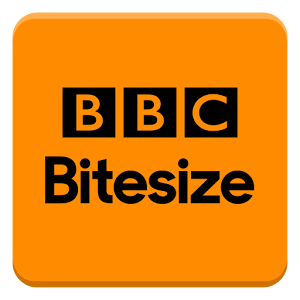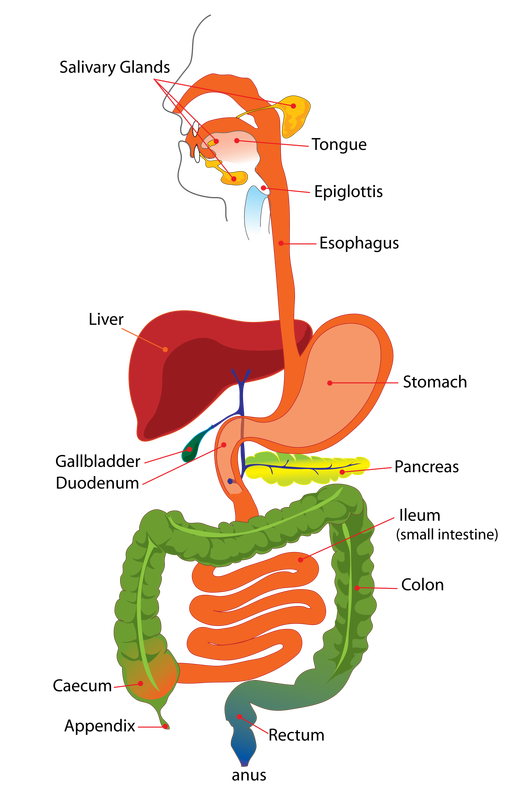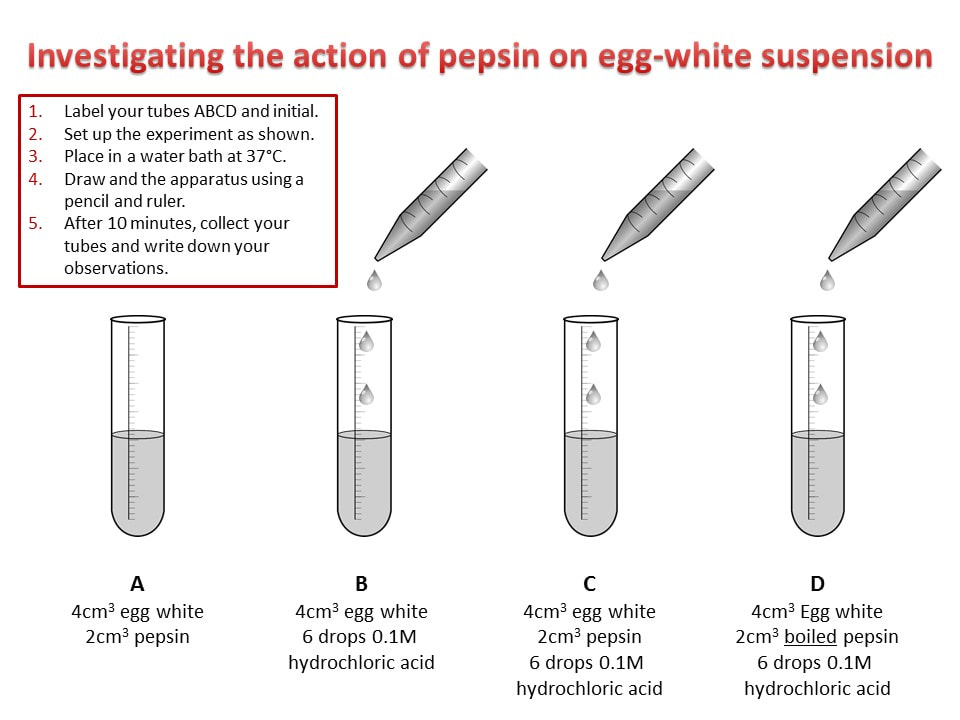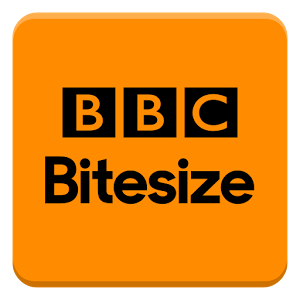PowerPoint download |
| ||||||
PowerPoint download |
| ||||||
Digestion
Outline the process of digestion
Your teeth begin the task of digesting food
Chewing breaks the food up into smaller pieces.
At the same time, saliva mixes with the food in your mouth and the enzyme in saliva starts breaking down starch molecules.
Chewing makes the food into a ball shape, which makes it easier to swallow.
After you swallow, the food passes into the gullet.
Food moves along this tube to the stomach where it is mixed with more enzymes to digest proteins.
In the small intestine, bile from the liver breaks fat into small droplets to make it easier for enzymes to digest it.
Enzymes from the pancreas digest starch, protein and fat.
Molecules of glucose, amino acids and and fatty acids pass through the wall of the small intestine into the blood stream.
The digested food molecules are now ready to be absorbed into the blood stream.
The undigested food then passes into the large intestine where water is absorbed, making it more solid.
This then leaves the anus.
Chewing breaks the food up into smaller pieces.
At the same time, saliva mixes with the food in your mouth and the enzyme in saliva starts breaking down starch molecules.
Chewing makes the food into a ball shape, which makes it easier to swallow.
After you swallow, the food passes into the gullet.
Food moves along this tube to the stomach where it is mixed with more enzymes to digest proteins.
In the small intestine, bile from the liver breaks fat into small droplets to make it easier for enzymes to digest it.
Enzymes from the pancreas digest starch, protein and fat.
Molecules of glucose, amino acids and and fatty acids pass through the wall of the small intestine into the blood stream.
The digested food molecules are now ready to be absorbed into the blood stream.
The undigested food then passes into the large intestine where water is absorbed, making it more solid.
This then leaves the anus.
PowerPoint Download |
| ||||||




